Since 1975, Vietnam has undergone a strong transformation in the economic field, from a centralized, bureaucratic, subsidized economy to a socialist-oriented market economy .
Period 1976-1985: Post-war economic recovery
After the country's reunification, the Party and State implemented two socio-economic development plans: the Second Five-Year Plan (1976-1980) and the Third Five-Year Plan (1981-1985).
Ms. Nguyen Thi Huong - General Director of the General Statistics Office (Ministry of Finance) - in a research article - said that during this period, the country has achieved important achievements. That is, gradually overcoming the severe consequences of the war; restoring most of the industrial, agricultural and transport facilities in the North and rebuilding the rural areas in the South that were devastated by the war...
During that period, the State managed the economy mainly by administrative orders based on a system of legal indicators. Enterprises operated on the basis of decisions of competent State agencies and assigned legal indicators.
The average annual gross domestic product in the period 1977-1985 increased by 4.65%. Of which, agriculture and forestry increased by 4.49%/year; industry increased by 5.54%/year and construction increased by 2.18%/year.
However, economic growth during this period was low and ineffective. Agriculture and forestry were important economic sectors (accounting for 38.92% of GDP) but mainly relied on monoculture of wet rice. Industry was invested heavily so it had a better growth rate than agriculture, but its proportion in the whole economy was still low (accounting for 39.74% of GDP), not yet a driving force to promote economic growth.
State-owned commerce developed rapidly, and cooperatives, although still in their early stages of development, had already taken steps to dominate the market, thereby limiting speculation, hoarding, and price chaos. The average total retail sales of social goods during this period increased by 61.6% per year.
Slow economic growth caused an imbalance between supply and demand, resulting in a shortage of supply. At the same time, the wage reform in 1985 was one of the reasons for the very high increase in the retail price index. On average, during the period 1976-1985, the retail price index increased by 39.53% per year.
In the North, the average monthly income per capita of a worker's family increased from 27.9 VND in 1976 to 270 VND in 1984. The average monthly income per capita of a family of agricultural cooperative members increased from 18.7 VND to 505.7 VND. However, due to high inflation, people's lives were extremely difficult and deprived.
Regarding industrial development, in the first years after unification, Vietnam focused on building a socialist industrial base with priority given to the reasonable development of heavy industry, while developing agriculture and light industry.
From 1975 to present, Vietnam's economy has gone through many important milestones (Photo: Tuan Huy).
In the period 1976-1980, Vietnam implemented the construction of socialism and socialist industrialization nationwide. In this plan, the industry sector had 714 more state-owned enterprises, of which 415 enterprises were in heavy industries. The capacity of many industries increased significantly: Steel increased by 40%, coal increased by 12.6%, electric motors increased by 3.87 times, cement increased by 18.5%...
In the period 1981-1985, the State allocated 38.4% of basic investment capital to build new key projects such as Bim Son Cement, Hoang Thach, Bai Bang Paper, Hoa Binh Hydropower Plant, Tri An... By 1985, the country's electricity output reached 456,500 kWh, building 2,188km of new power transmission lines, producing more than 2 million tons of cement, 58,400 tons of paper...
However, the investment efficiency for industry during this period was still low, with high investment but slow and unstable production growth. The total output value of the industry only increased by 58%, an average increase of 5.2% per year, of which 1981 increased by 1%.
Period 1986-2000: Economic breakthrough thanks to innovation
During this period, the Party and State implemented the renovation policy, transforming from a centrally planned, subsidized economy to a multi-sector commodity economy, operating under a market mechanism, under State management and with a socialist orientation.
The Party's innovation policy quickly aroused the potential and creativity of economic types to develop production, create more jobs for workers, and increase products for society.
In the period 1986-2000, the average annual gross domestic product increased by 6.51%. Of which, the agriculture, forestry and fishery sector increased by 3.72%; the industry and construction sector increased by 9.06%; and the service sector increased by 6.66%. The economic structure gradually shifted towards promoting industrialization and modernization.
In 2000, the proportion of the agricultural, forestry and fishery sector accounted for 24.53% of GDP, down 13.53 percentage points compared to 1986; the industrial and construction sector accounted for 36.73%, up 7.85 percentage points; the service sector accounted for 38.74%, up 5.68 percentage points.
One of the great economic achievements of the renovation period was the development of agricultural production, recognizing the farmer household as an autonomous economic unit in rural areas, marking the beginning of the renovation period in agriculture and rural areas. The agricultural sector has firmly resolved the food problem, ensuring national food security, turning Vietnam from a food-deficient country into the world's second largest rice exporter.
Industrial production developed steadily with an average annual growth rate of 11.09% in the period 1986-2000. Electricity output in 2000 was 4.7 times higher than in 1986; cement output was 8.7 times higher; rolled steel was 25.6 times higher; tin was 3.6 times higher. Crude oil output increased from 41,000 tons in 1986 to nearly 7.1 million tons in 1994 and 16.3 million tons in 2000.
In the field of trade, Vietnam has gradually opened up to integrate with the world: establishing trade relations with many countries, joining ASEAN (1995) and signing many bilateral and multilateral agreements. Exports have grown strongly, with key products such as rice, coffee, seafood and garments, turning Vietnam from a country with food shortages into one of the world's leading agricultural exporters.
Exports have grown strongly, turning Vietnam from a food-deficient country into one of the world's leading agricultural exporters (Photo: Hai Long).
Due to the recovery and development of production and business, hyperinflation was initially controlled and pushed back. Retail prices of consumer goods and services decreased from a three-digit increase per year in 1986-1988, and a two-digit increase per year in 1989-1992 to a single-digit increase in 1993-2000.
Compared with December of the previous year, the consumer price index in 1988 increased by 349.4%; in 1992 it increased by 17.5% and in 2000 it decreased by 0.6%.
The average monthly income per capita of the population increased from about 1,600 VND in 1986 to 295,000 VND in 1999.
Period from 2001 to present: International economic integration
Since 2000, under the Party's leadership on international economic integration, Vietnam's international economic integration process has achieved solid results.
Vietnam joined ASEAN in July 1995, signed the Vietnam-US Bilateral Trade Agreement (BTA) in 2000, joined the WTO in January 2007 and participated in 8 regional and bilateral Free Trade Agreements (FTAs).
Vietnam, together with ASEAN countries, signed free trade agreements between ASEAN and partners such as China in 2004, with South Korea in 2006, with Japan in 2008, with Australia and New Zealand in 2009, and with India in 2009.
After that, Vietnam also signed two bilateral FTAs: Vietnam - Japan FTA in 2008 and Vietnam - Chile FTA in 2011.
Vietnam's international economic integration process has achieved solid results (Photo: Hai Long).
Vietnam's economy has grown continuously, bringing our country out of underdevelopment and into the group of developing countries with low average income. The scale of the economy is expanding, GDP in 2019 is 12.5 times that of 2001. GDP growth rate is relatively high, with an average annual increase of 7.26% in the period 2001-2010. In the period 2011-2019, GDP increased by an average of 6.3% per year.
In 2008, our country left the group of low-income countries and territories to join the group of lower-middle-income countries and territories. The country escaped underdevelopment. GDP per capita in 2019 reached 2,715 USD, 15 times higher than in 1990 (about 181 USD). According to the General Statistics Office, GDP per capita reached 4,700 USD, nearly 26 times higher than in 1990.
The economic structure has initially shifted towards modernization. The proportion of industries, production technology level, and labor structure have shifted in a positive direction; the proportion of trained labor in economic sectors increasingly meets the requirements of socio-economic development and international integration.
Vietnam's industry and trade have also entered a period of rapid growth and deep integration with the global economy. In the industrial sector, Vietnam has shifted strongly to developing the processing and manufacturing industry, considering this the main driving force for economic growth.
In the field of trade, the main export items are diverse, from traditional agricultural products to phones, computers, textiles, and footwear. Domestic trade is also growing strongly with the explosion of modern retail, e-commerce, and logistics systems.
Macroeconomic stability: The foundation for investment confidence and international integration
Dr. Chau Dinh Linh - Lecturer at Banking University of Ho Chi Minh City - commented that during the renovation period, Vietnam has made strong strides, achieving many remarkable achievements on economic, social and foreign affairs fronts.
Accordingly, from a purely agricultural country, Vietnam is transforming itself into a modern industrial economy, deeply integrating with the world and laying the foundation for a sustainable, green and digitalized country.
According to Mr. Huan, one of the important foundations that has helped Vietnam's economy maintain stability and attract investment in recent times is the consistent, flexible management and effective coordination between fiscal and monetary policies. "This creates confidence for businesses, investors and international organizations, contributing to stabilizing exchange rates, controlling inflation and maintaining growth potential," Mr. Linh said.
In addition, economic diplomacy activities continue to be effective, affirming Vietnam's positive role in the international arena. Vietnam has deeply participated in new-generation free trade agreements, expanded markets, promoted bilateral and multilateral cooperation, and enhanced the country's position through high-level visits and international forums.
Vietnam has made strong progress, achieving many remarkable achievements on the economic, social and foreign affairs fronts (Photo: Manh Quan).
To develop sustainably and become a developed country by 2045, according to Mr. Linh, private enterprises need to be identified as the central pillar in the national economic development strategy. He believes that the startup and innovation ecosystem needs to be properly invested in, helping private enterprises to rise up and compete equally with the FDI sector and state-owned enterprises.
For state-owned enterprises, it is necessary to carry out strong reforms to improve operational efficiency, focusing on key areas where the private sector cannot participate. Meanwhile, attracting FDI also needs to be selective, prioritizing high-tech, environmentally friendly projects that have the ability to link with domestic enterprises.
Meanwhile, according to Prof. Dr. Nguyen Huu Huan - Lecturer at Ho Chi Minh City University of Economics (UEH) - Vietnam is entering a new development phase - the era of rising up. This is the time for the country to continue to participate more deeply in the global value chain, aiming to become a high-income country by 2045. This means that it is necessary to strongly shift from a growth model based on cheap labor to a model based on innovation and mastery of core technology.
According to Mr. Huan, in the context of many global changes, Vietnam's development strategy needs to be based on a flexible economic model that adapts well to shocks. Accordingly, a moderately open economy, combining the exploitation of external resources and the promotion of internal resources is a sustainable direction. The period of "exchanging land for infrastructure" has gradually come to an end, giving way to a growth model based on knowledge, technology and innovation.
Experts expect that if Vietnam takes advantage of opportunities and has appropriate policies, it is entirely possible for Vietnam to join the group of 15 largest economies in the world in the future. This requires drastic institutional reform, educational innovation, investment in R&D and especially creating a favorable environment for private enterprises to develop breakthroughs.
"After 50 years of unification, Vietnam is standing at the threshold of a new journey - a journey of not only development but also strong growth, affirming national courage and intelligence in the digital age," the expert said.
Dantri.com.vn
Source: https://dantri.com.vn/kinh-doanh/kinh-te-viet-nam-nua-the-ky-phuc-hoi-va-vuon-minh-hoi-nhap-20250429090928341.htm


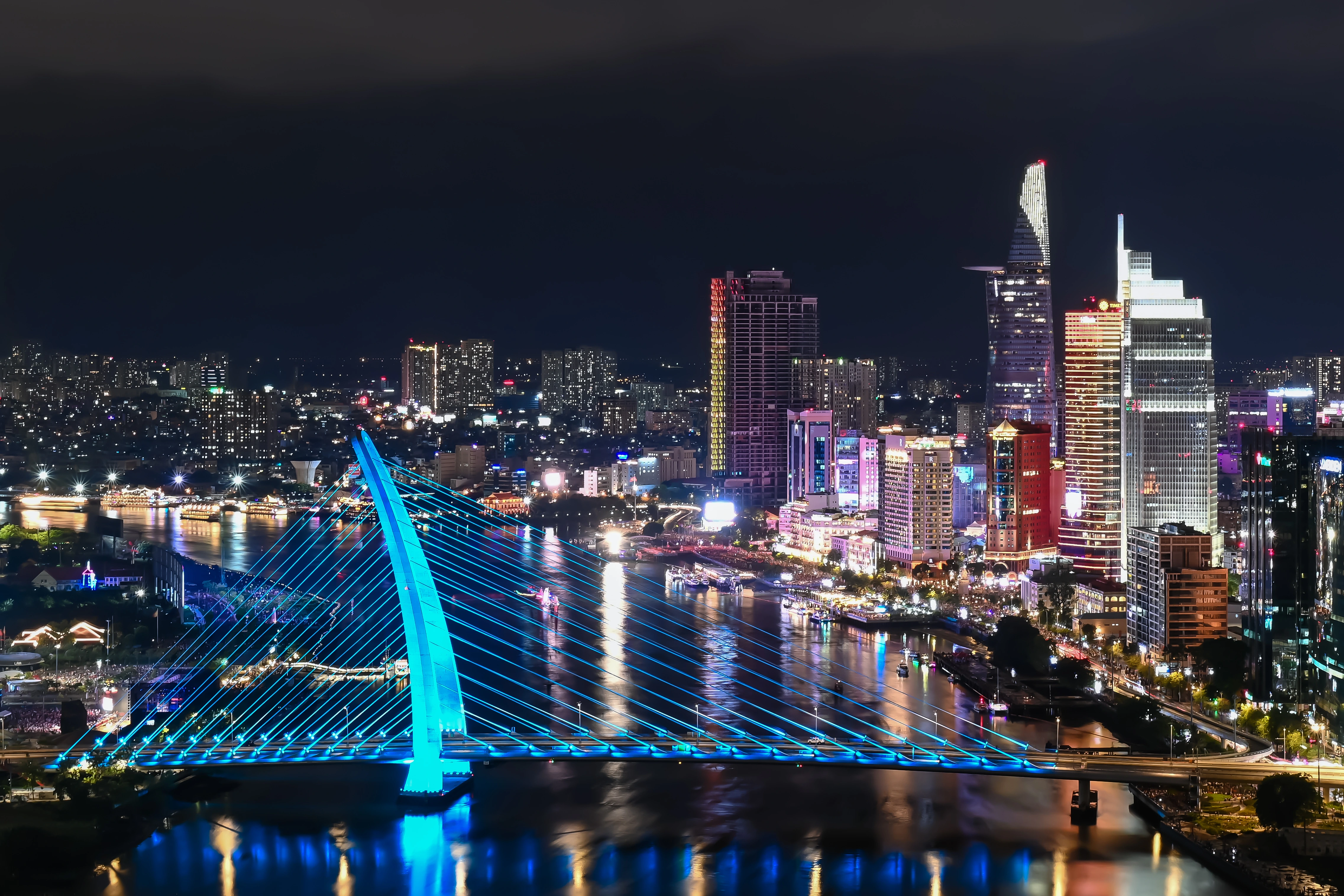
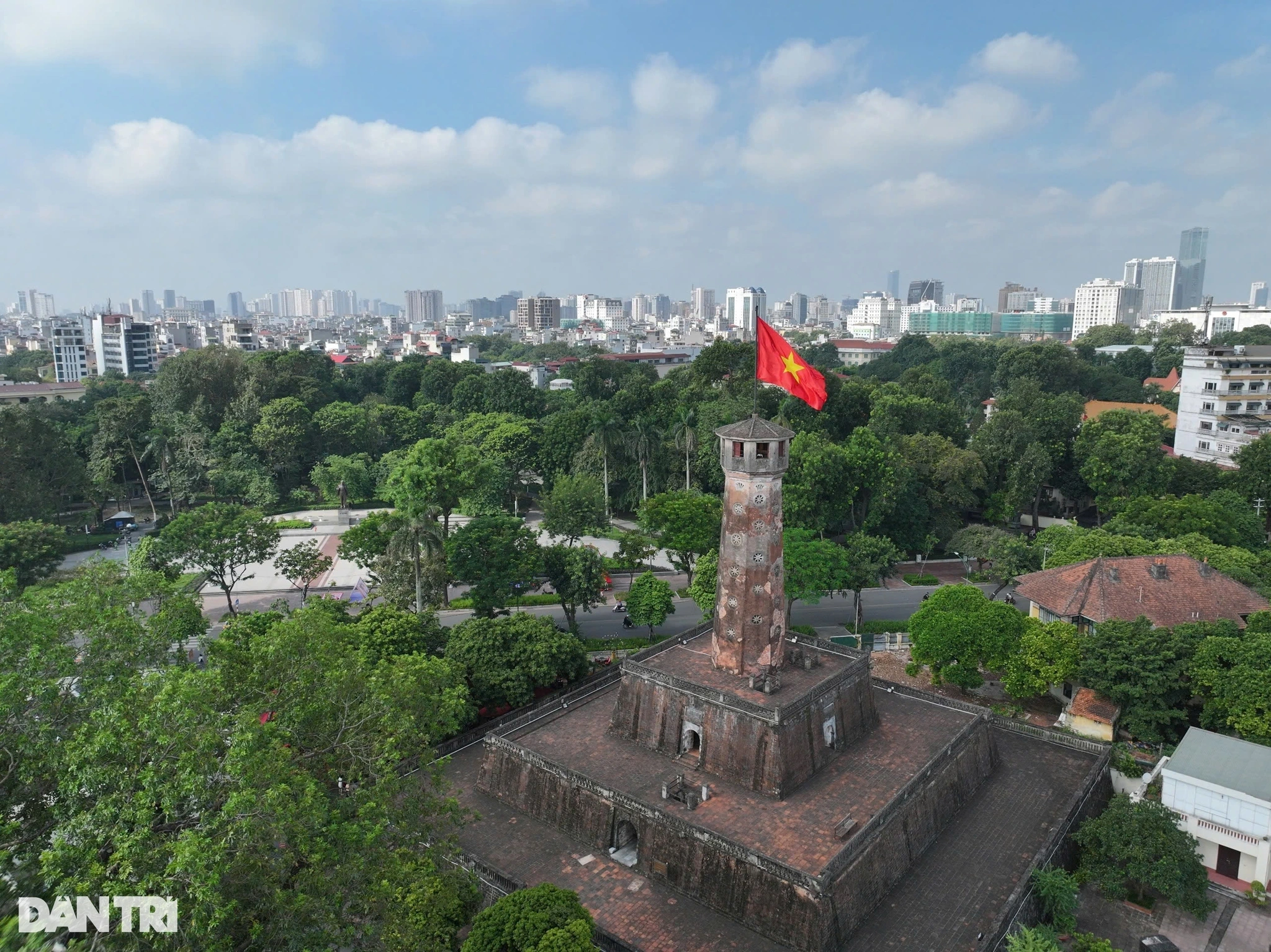
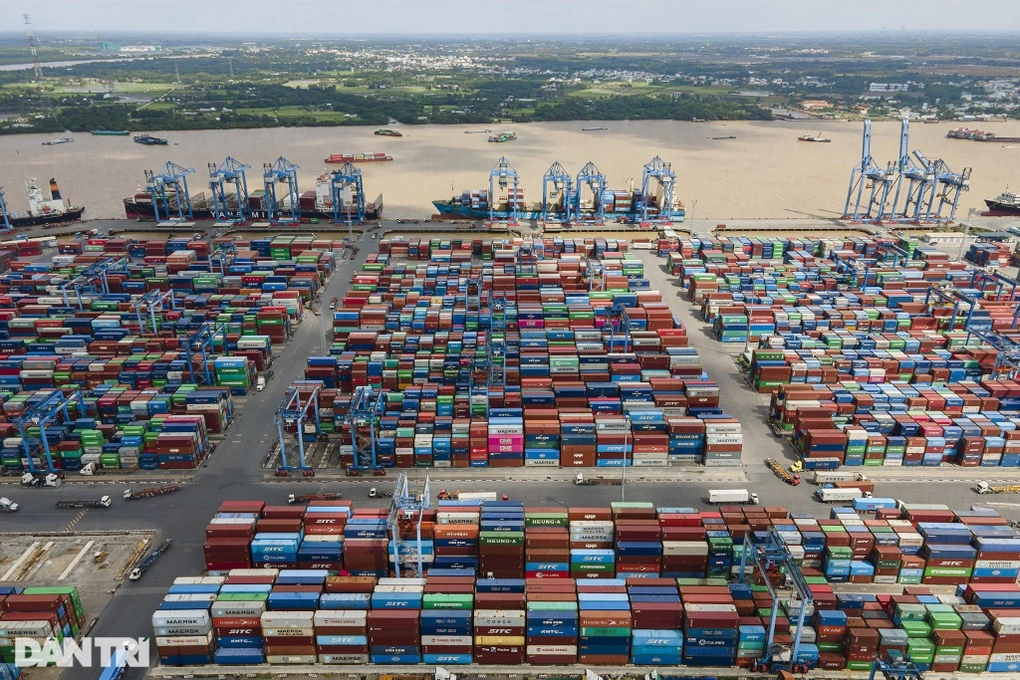
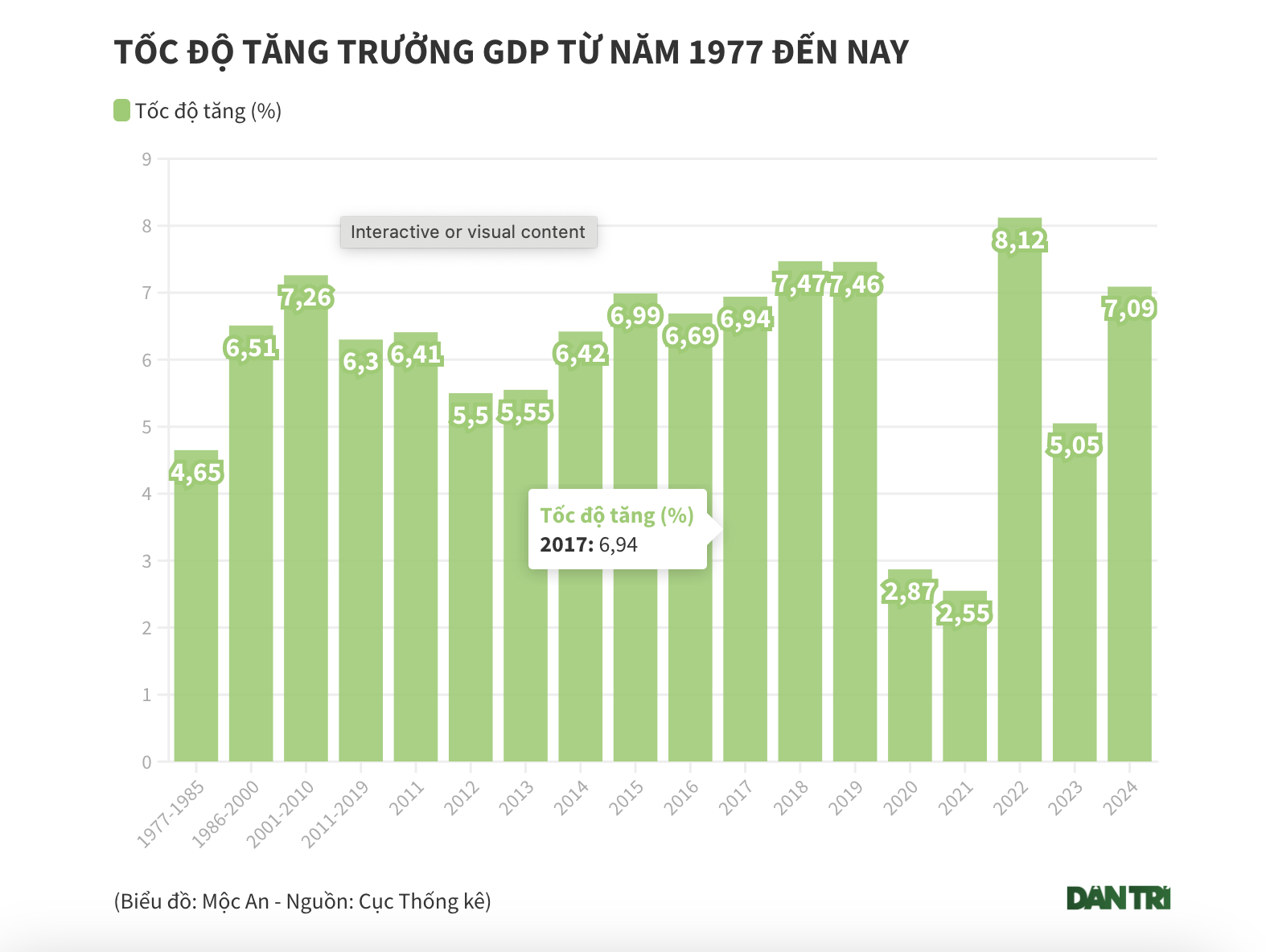
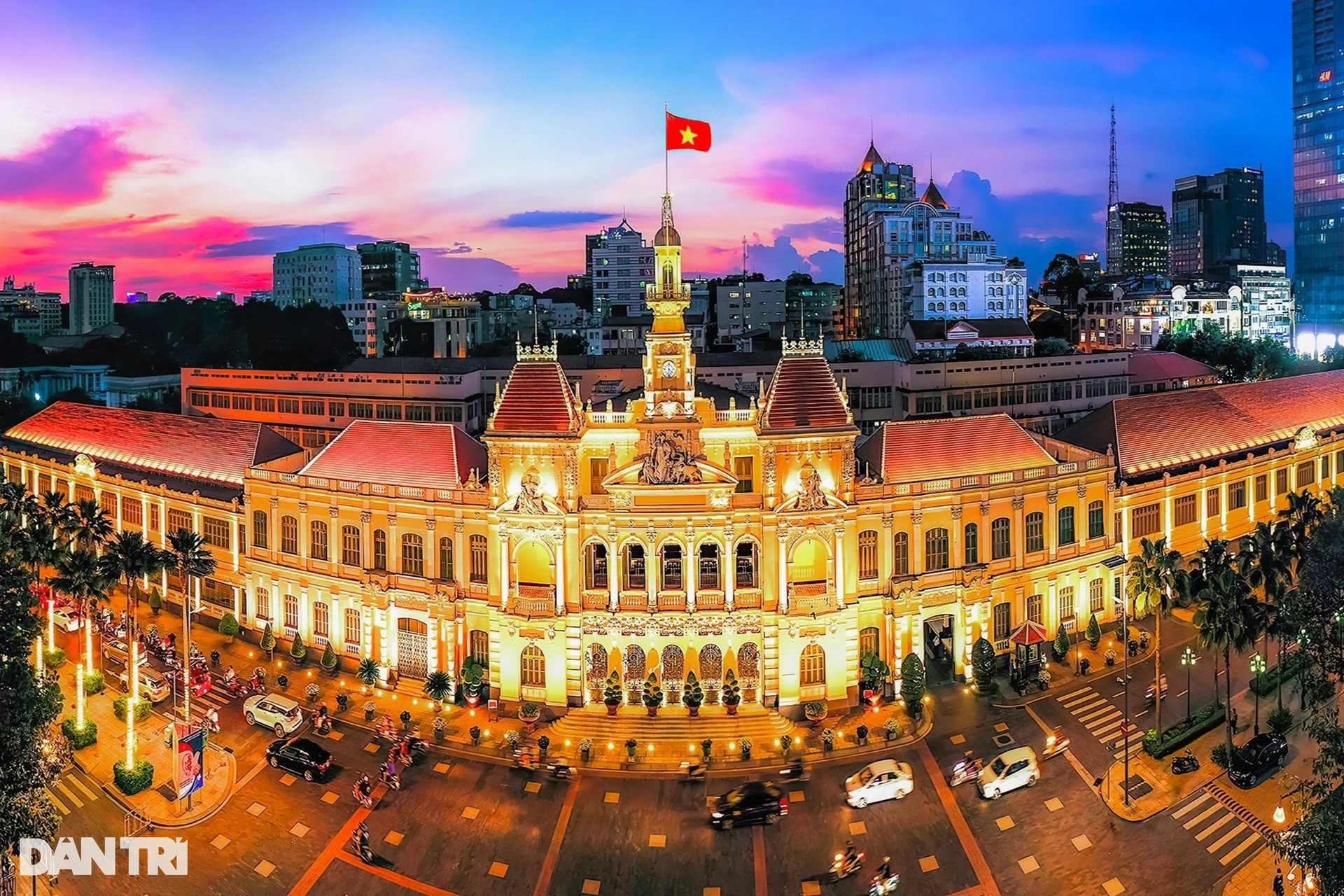

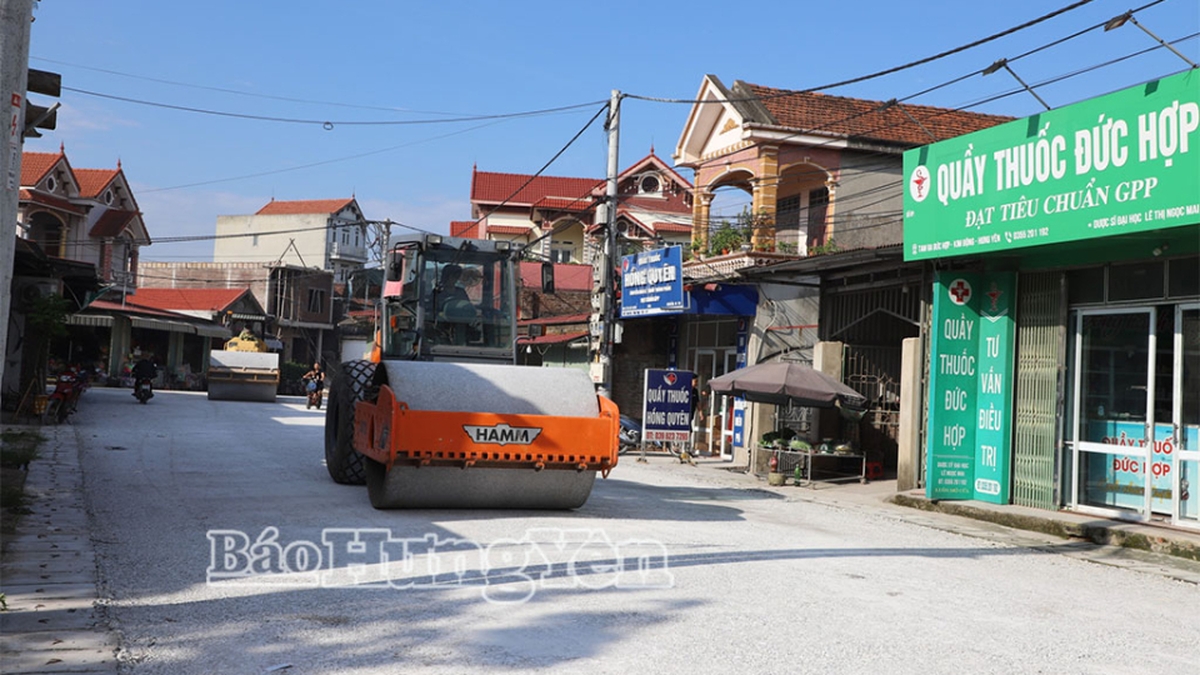


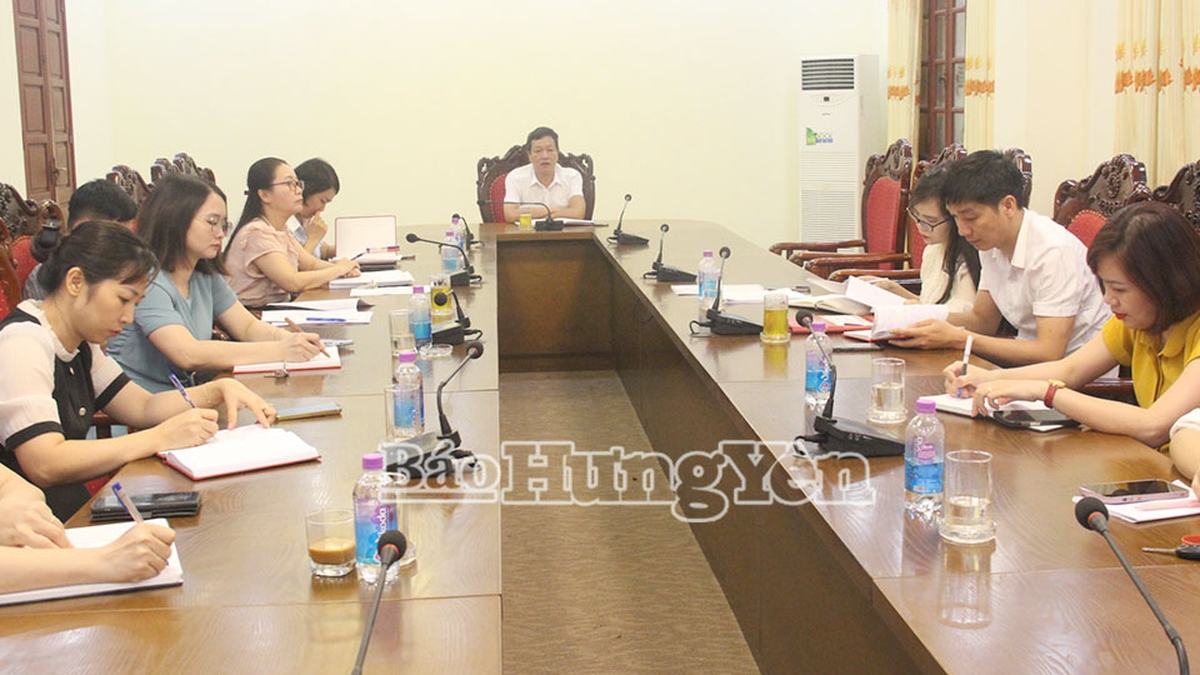

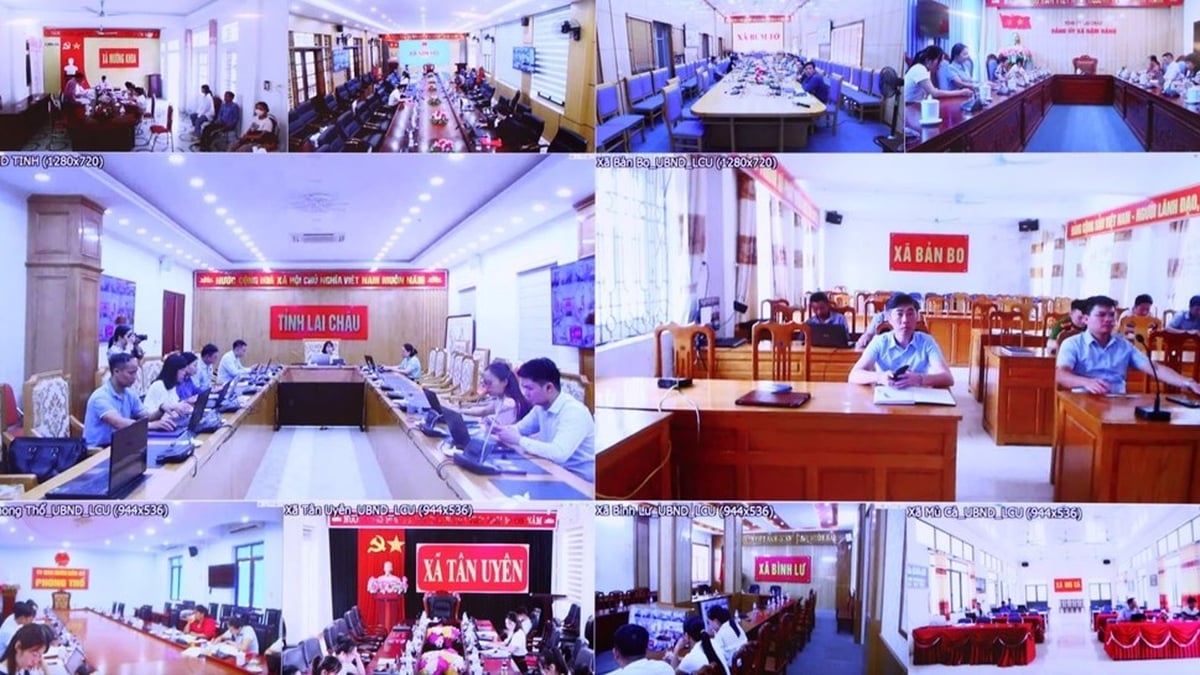


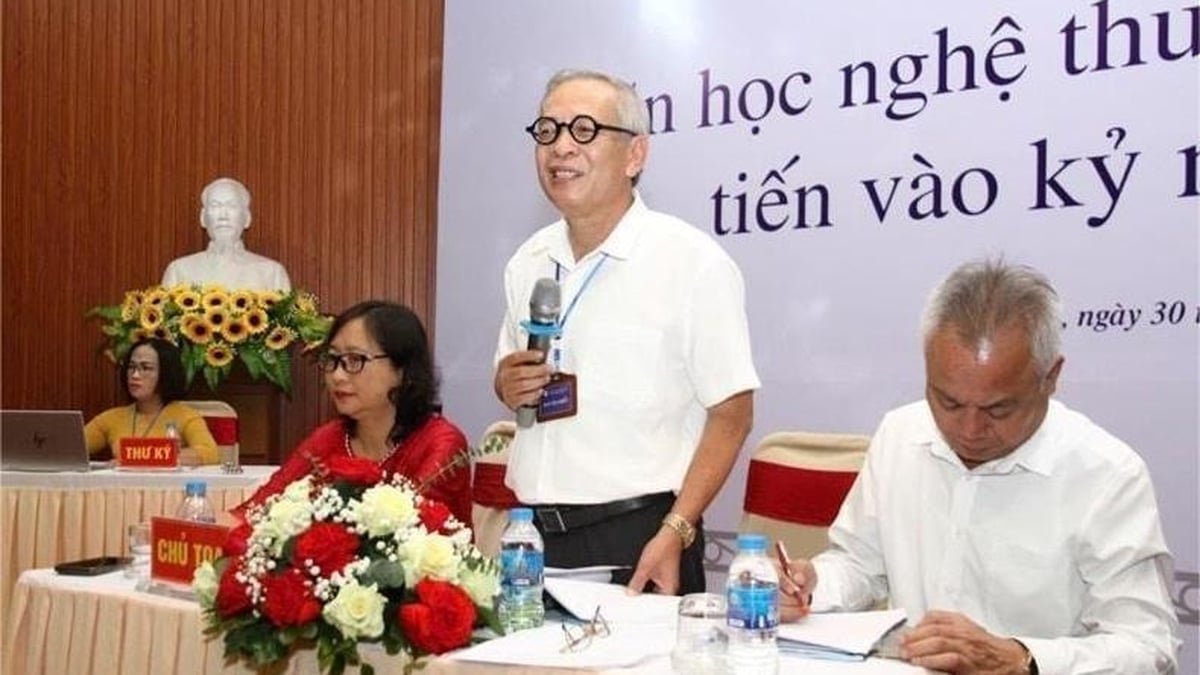
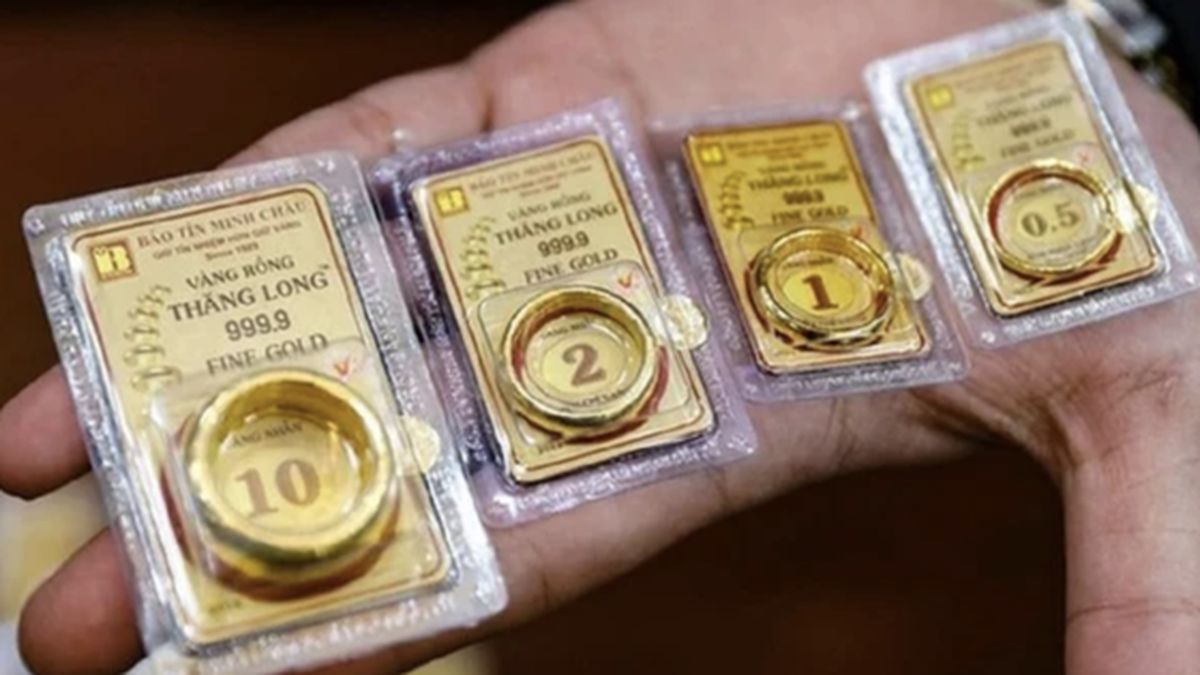











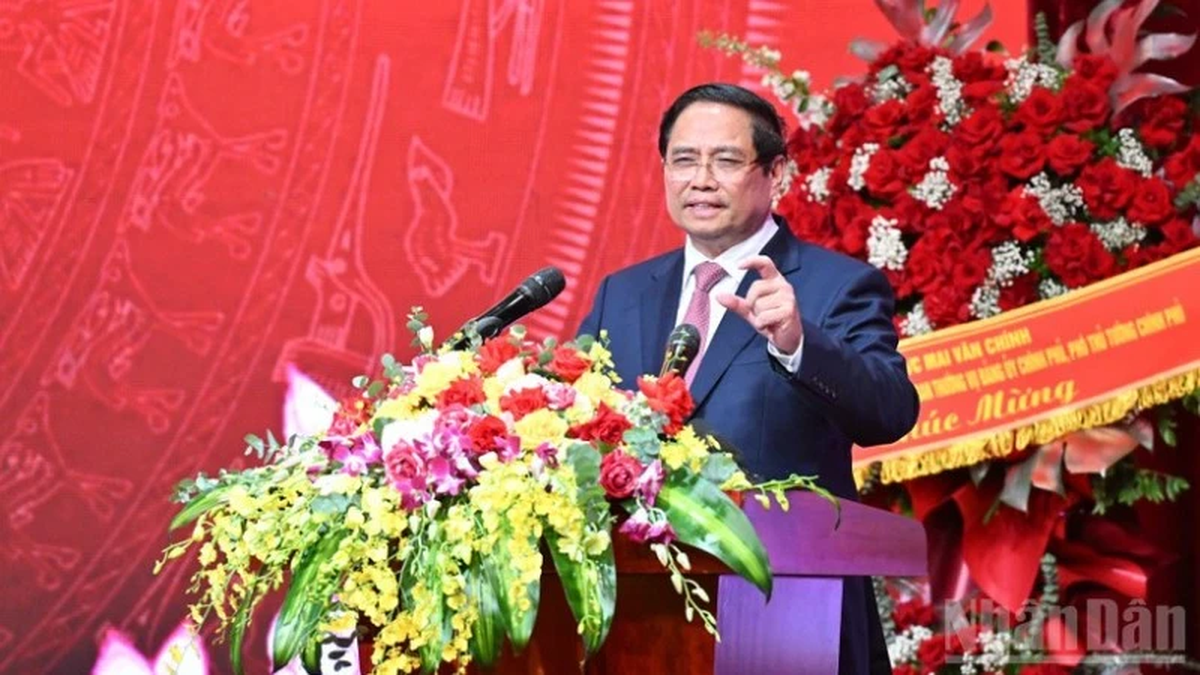





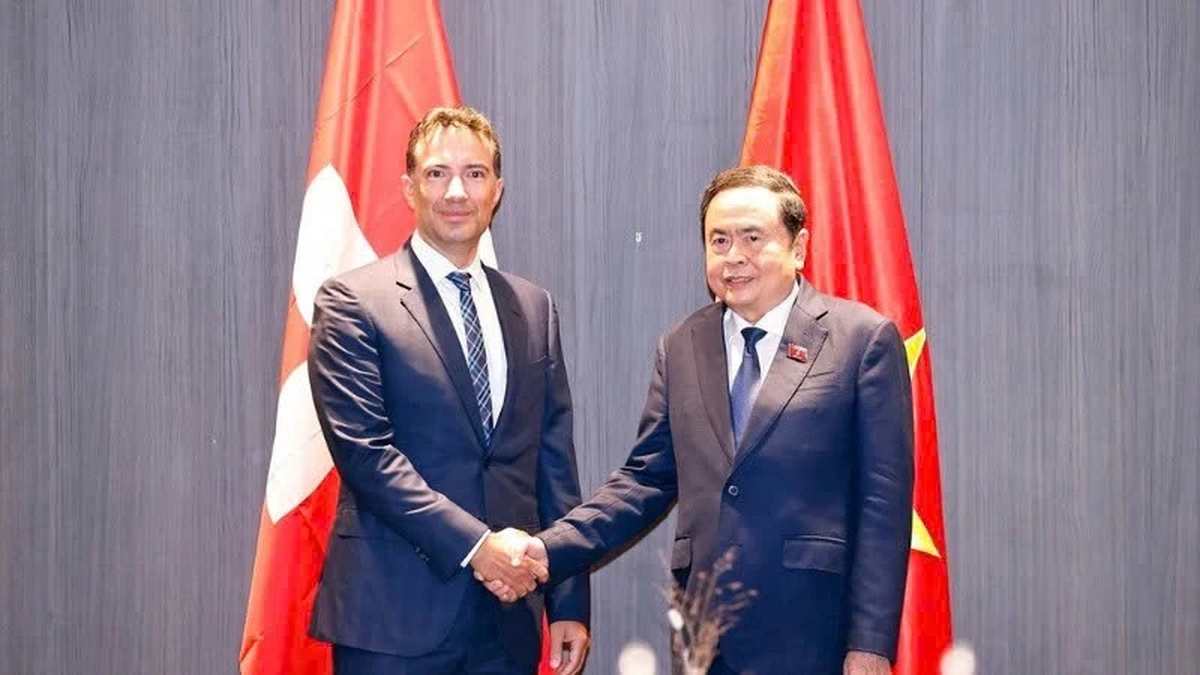




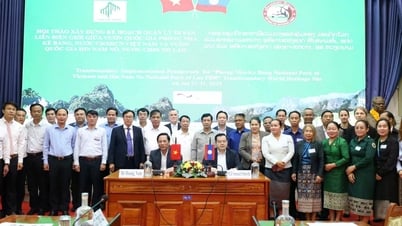






















![[Maritime News] Container shipping faces overcapacity that will last until 2028](https://vphoto.vietnam.vn/thumb/402x226/vietnam/resource/IMAGE/2025/7/30/6d35cbc6b0f643fd97f8aa2e9bc87aea)


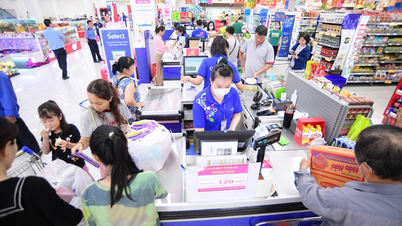



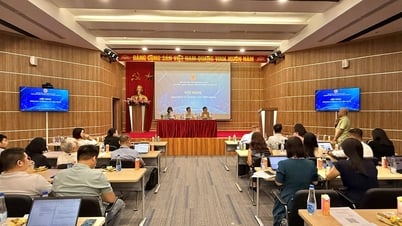



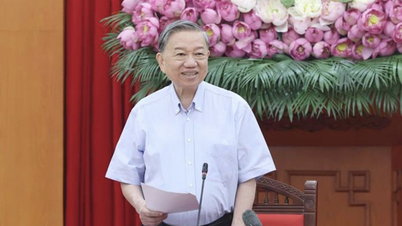


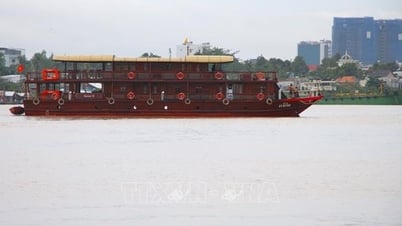

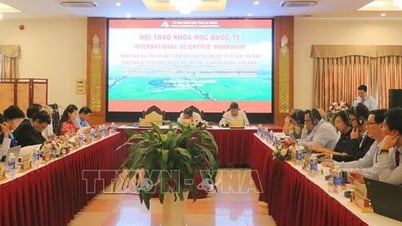













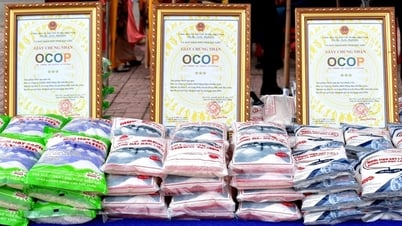
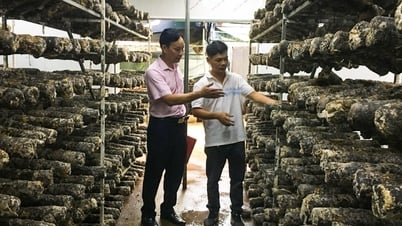

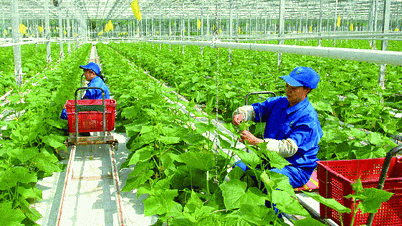

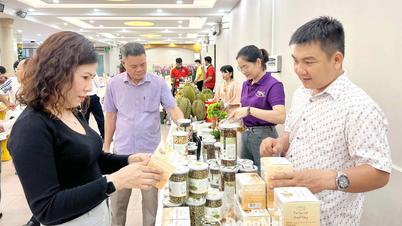


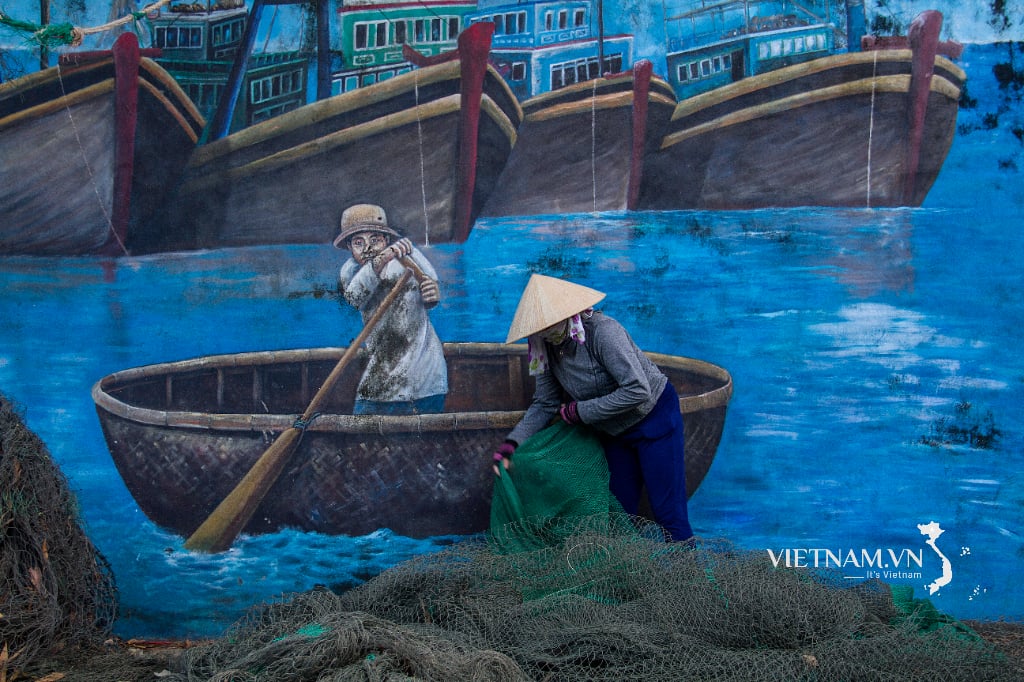
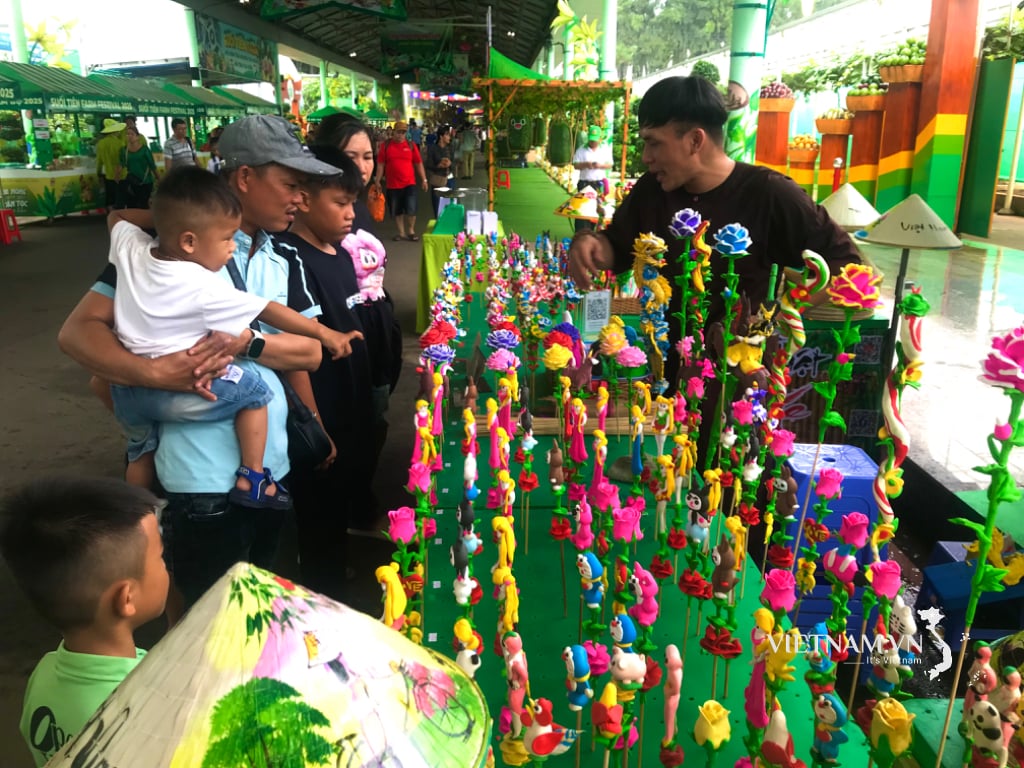

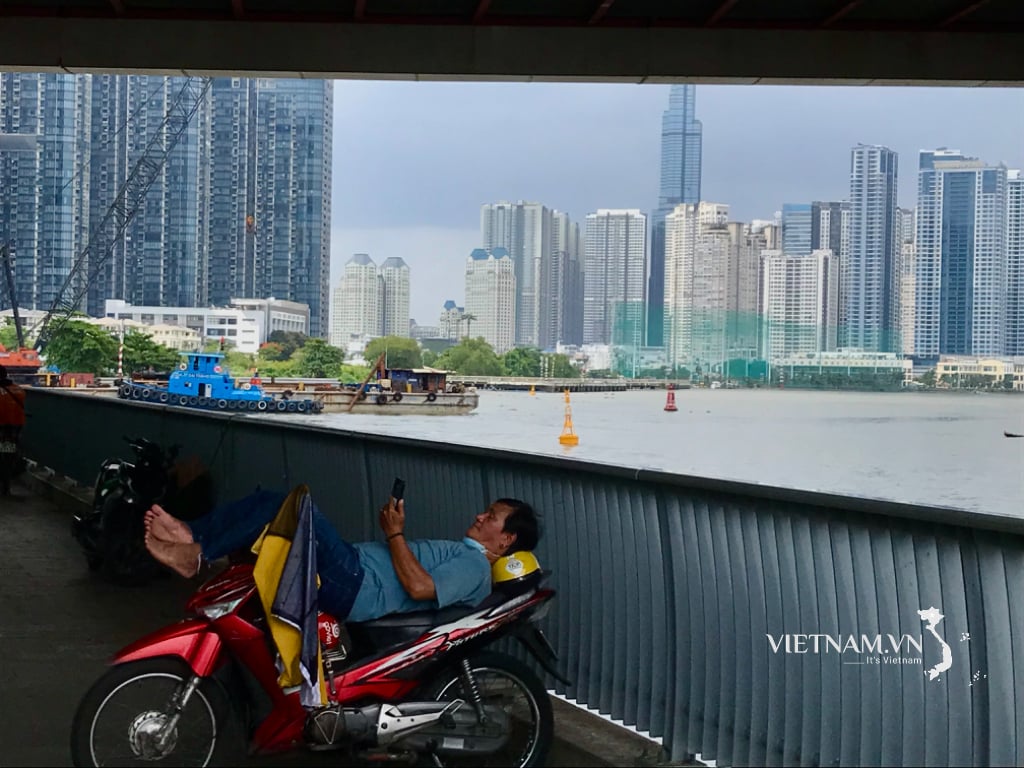
Comment (0)